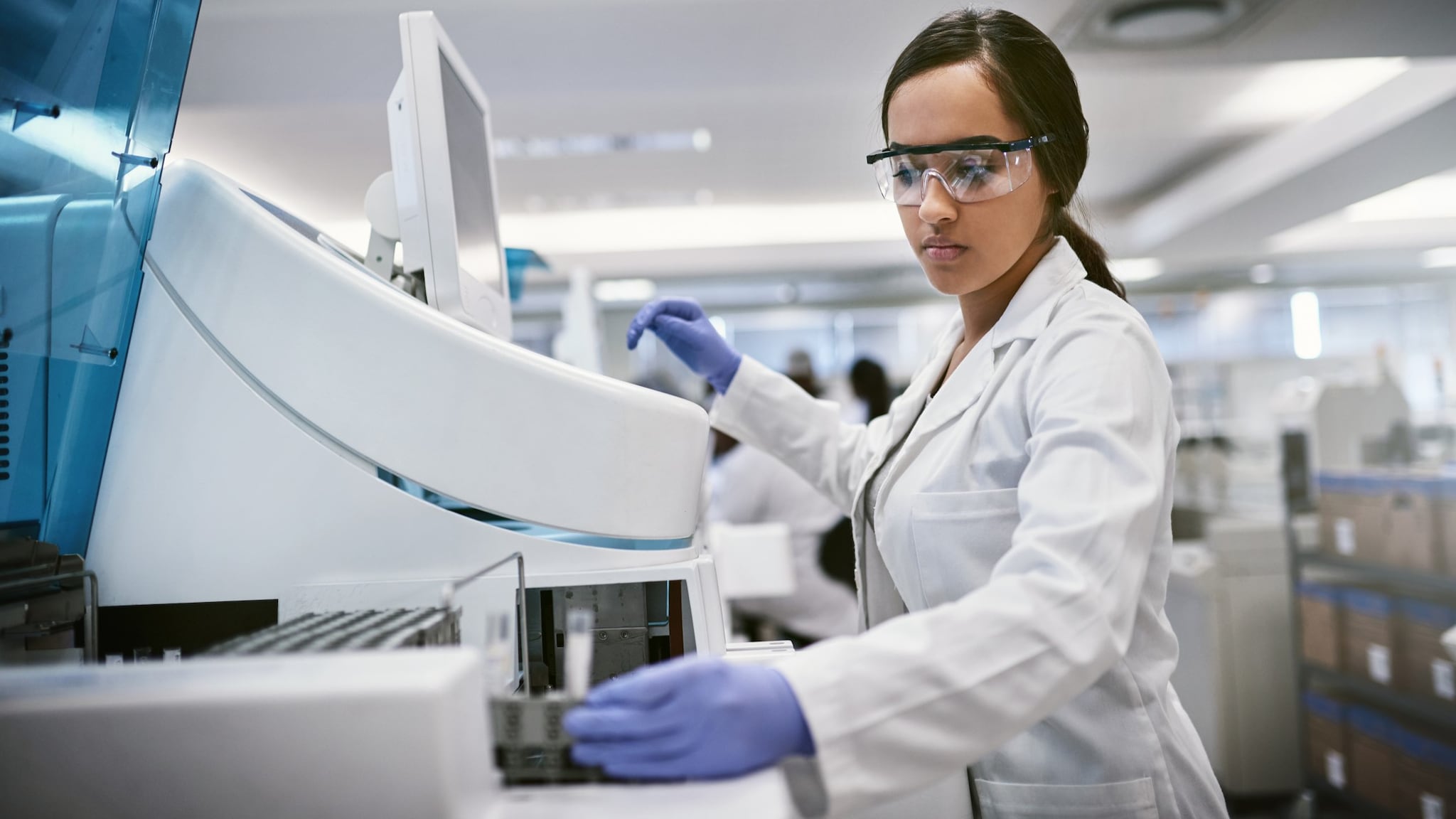Purpose
- Get guidance for detecting Shiga toxin-producing E. coli (STEC).
- Learn about testing for other kinds of diarrheagenic E. coli.
- Submit a STEC specimen to CDC for further characterization.

Overview
Testing for STEC
Clinical and public health laboratories can use the following resources for detection and characterization of STEC infections:
- Recommendations for diagnosis of STEC infections by clinical laboratories
- Guidance for public health laboratories: Isolation and characterization of STEC from clinical specimens
Testing for other E. coli
Most U.S. clinical laboratories do not use tests that can detect diarrheagenic E. coli other than STEC, although some have nucleic acid amplification tests available that can detect enterotoxigenic E. coli (ETEC) and other pathotypes.
Public health laboratories can perform additional testing for non-STEC pathotypes; however, these labs usually do so only when investigating an outbreak of diarrheal illness of unknown origin.
In this situation, specimens may be submitted via state health departments to CDC for testing.
Submitting specimens
CDC offers confirmatory identification, serology, serotyping, subtyping, and virulence profiling for STEC.
- Learn who may submit a specimen
- Select a test order
- Download a submission form
- Find packing and shipping instructions
- Learn how to avoid time-consuming errors with our training materials
- Get answers to commonly asked questions
Note: CDC accepts specimens for analysis only from state public health laboratories and other federal agencies. Private healthcare providers and institutions can submit specimens to their state public health laboratory for processing.
